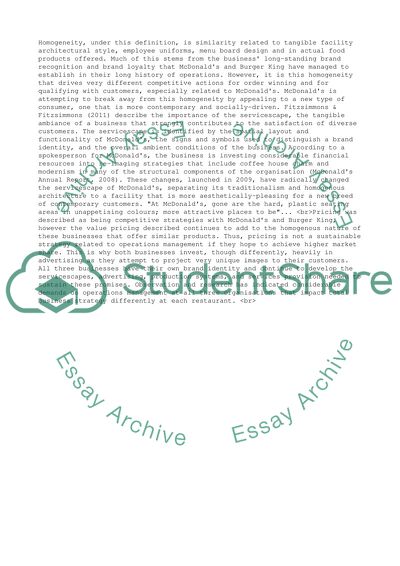Cite this document
(“McDonald's, Subway and Burger King: Assessing Marketing, Operations Essay”, n.d.)
McDonald's, Subway and Burger King: Assessing Marketing, Operations Essay. Retrieved from https://studentshare.org/management/1440485-mcdonalds-has-come-to-epitomize-the-ychfast
McDonald's, Subway and Burger King: Assessing Marketing, Operations Essay. Retrieved from https://studentshare.org/management/1440485-mcdonalds-has-come-to-epitomize-the-ychfast
(McDonald'S, Subway and Burger King: Assessing Marketing, Operations Essay)
McDonald'S, Subway and Burger King: Assessing Marketing, Operations Essay. https://studentshare.org/management/1440485-mcdonalds-has-come-to-epitomize-the-ychfast.
McDonald'S, Subway and Burger King: Assessing Marketing, Operations Essay. https://studentshare.org/management/1440485-mcdonalds-has-come-to-epitomize-the-ychfast.
“McDonald'S, Subway and Burger King: Assessing Marketing, Operations Essay”, n.d. https://studentshare.org/management/1440485-mcdonalds-has-come-to-epitomize-the-ychfast.


